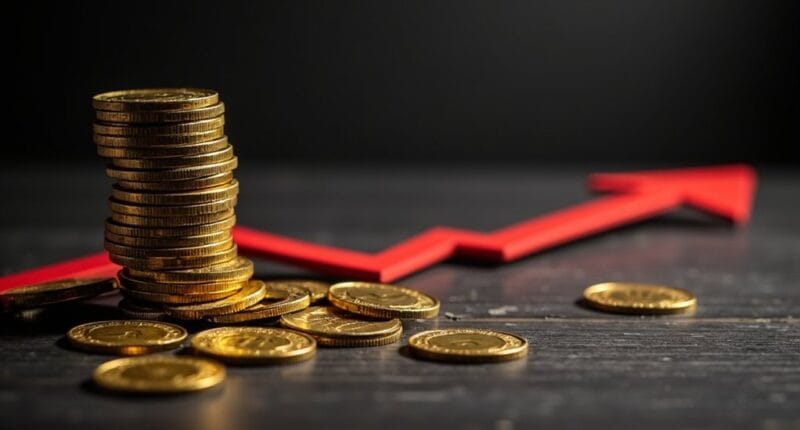Buying the dip seems like a no-brainer strategy – until it isn’t. Markets don’t drop in a vacuum, and price declines often signal real problems. Investors playing catch with falling knives frequently end up bleeding money. The post-COVID recovery stories? Pure luck, not skill. Emotional FOMO decisions and confirmation bias lead many to concentrate risks in cheap, underperforming assets. Those bargain-hunting dreams can quickly turn into expensive nightmares. The deeper story reveals why timing markets is a fool’s game.

When markets tumble, investors love reaching for what looks like a bargain. It’s like watching shoppers scramble for discounted TVs on Black Friday – except these “deals” might keep getting cheaper. And cheaper. And cheaper still. The problem isn’t just about timing; it’s about fundamentals that many Choose-Your-Own-Adventure investors conveniently ignore.
Think you can spot the bottom? Good luck with that. Market bottoms are only visible in hindsight, making the whole “buy the dip” strategy about as reliable as a chocolate teapot. Those post-2020 COVID recovery stories everyone loves to cite? Exception, not rule. Many assets never recover their previous highs, leaving optimistic dip-buyers holding very expensive bags. Setting aside cash reserves for strategic dip purchases can actually diminish overall portfolio returns.
Trying to time market bottoms is like gambling with a broken slot machine – you might win, but odds are against you.
The psychology behind dip-buying is fascinating – and dangerous. Investors get cocky, thinking they’re smarter than the market. They see a 20% drop and think “bargain,” while completely missing the possibility of another 50% plunge. Companies experiencing price declines often have valid underlying reasons. It’s like catching a falling knife while wearing a blindfold. Sure, you might grab the handle. Or end up in the ER. Asset diversification remains the most reliable protection against market volatility.
Here’s the kicker: markets don’t drop in a vacuum. Sometimes prices fall because something is genuinely wrong. Fundamental problems. Structural issues. The kind of stuff that doesn’t magically fix itself because some investors decided the price was “too low.” Yet people keep buying, averaging down their positions until their portfolio looks like a badly unbalanced seesaw.
The real trouble starts when investors go all-in on their dip-buying strategy. They concentrate their risk, abandon diversification, and wave goodbye to proper risk management. It’s a bit like doubling down at the casino – except the house always wins, and there’s no free drinks.
Factor in the psychological warfare of watching positions sink deeper into the red, and you’ve got a recipe for disaster. FOMO drives rushed decisions. Confirmation bias helps investors ignore red flags. And that stubborn belief that prices must return to previous highs? Pure fantasy, served with a side of wishful thinking.





